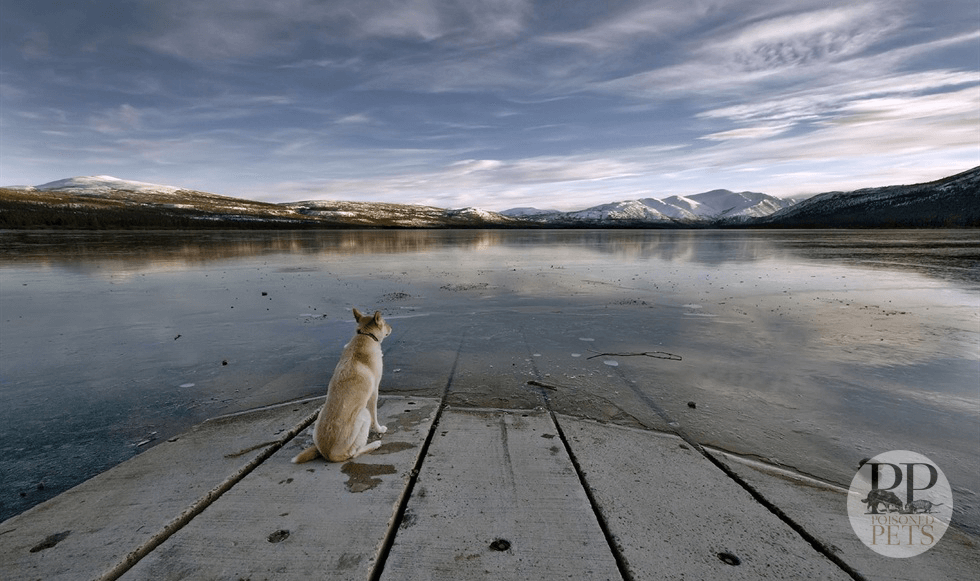A stunning, and deeply troubling, report published in the journal Science Advances, scientists are finding tiny pieces of plastic, in organic fertilizer made from food waste. Microscopic fragments of plastic are showing up all over the world, floating in the ocean, buried in soil, in food, and in animal feed.
In a complex interrelationship of food production, the natural environment and the food we feed livestock, our pets and ourselves is emerging as one of the most troubling and ubiquitous forms of pollution on the planet.
Our fragile ecosystem, one that connects the earth with all of its inhabitants – wildlife, livestock, pets and humans – are all being polluted with microscopic pieces of plastic.
And it all begins with recycled food waste.
Food waste is collected on an industrial scale all over the world to make everything from flip-flops, fleece jackets, and animal feed to a multitude of other goods that proudly boast are made with “recycled material.” But what we didn’t know is the epic scale of the problem, it’s not just in eco-friendly co-products and animal feed made from recycled food (food waste), but now it’s showing up in fertilizer.
Collecting and recycling food waste to make fertilizer and animal feed is an enormous business and a convenient, profitable way of disposing of what would otherwise go into a landfill.
But Ruth Freitag, a chemist at the University of Bayreuth in Germany, says there’s a problem. The plastic pieces get washed out of the fertilizer that’s spread on land and washes into waterways.
And that’s just where scientists are finding it, in oceans, rivers, and lakes. In a perspective published this week in the journal Science, researcher, ecologist and evolutionary biologist at the University of Toronto, Chelsea Rochman has been finding tiny pieces of plastic in the ocean.
“If we move away from the ocean and go upstream,” she explains, “there’s evidence of microplastics in rivers and lakes and other freshwater bodies.”
Most people have been focusing on where it usually ends up: the oceans. But, as Rochman points out, microplastics are making their way into the food chain.
“We find it in our seafood,” says Rochman, “we find it in our sea salt. There’s now evidence of it in drinking water.” And she asks, “If we’re spreading on the earth [is] a source of plastic out into the environment,” says Rothman, “How is that interacting with animals and soils?”
The magnitude of the food-waste disposal problem cannot be understated. Animal feed ingredient manufacturers assure us that there are methods of efficiently removing plastic from the waste stream, but how effective it is and how frequently mechanisms for efficiently and thoroughly removing plastic from food waste is unknown.
There may be no proven causal relationship with health issues in humans or animals, but do we want to spend the next decade eating it and feeding it to animals then learn we shouldn’t have been?
Poisoned Pets’ work is made possible with generous support from the readers like you. Thank you.
 READ The Alchemy of Waste: The Transformation of Garbage Into a Billion Dollar Empire
READ The Alchemy of Waste: The Transformation of Garbage Into a Billion Dollar Empire


Comments (2) Write a comment